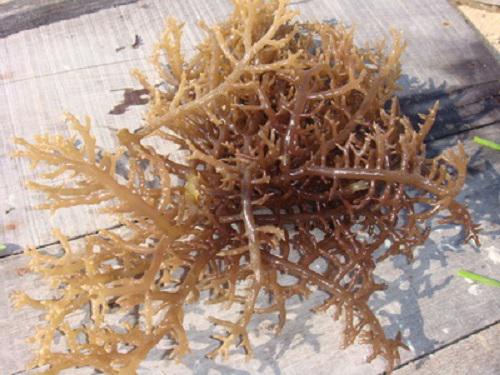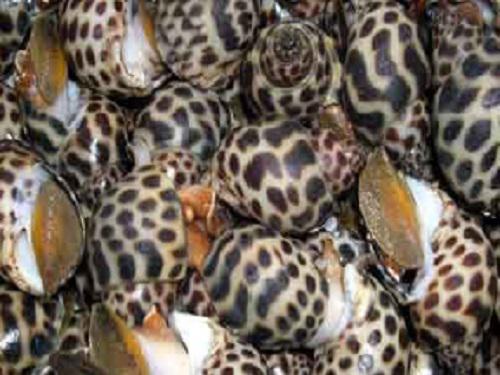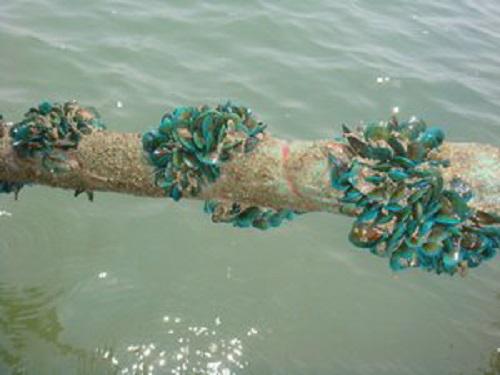Pham Huu Tri
Other projects
14 Feb 2007
Rehabilitation and Conservation the Seagrass Meadows at Cam Hai Dong, Cam Ranh Bay, Khanh Hoa Province, Central Vietnam
This project aims to:
- To restore and conserve the biodiversity and biological resources in seagrass meadows.
- To train and transfer the technologies of culture the marine animals and economic seaweeds to local communities.
- To help the local communities to improve their livelihoods by culturing the seaweeds and others marine animals in the buffer zone of seagrass beds.

The seedlings of red seaweed Kappaphycus striatum Doty.
The marine animal resources in the seagrass meadows at Cam Hai Dong commune, Cam Ranh bay were very abundant in the previous years but at now due to some destructive fishing gear and methods( fishing by pushnet or trawl-net and some destructive digging methods) used by local fishermen for collecting the marine animals. The consequence of these collecting ways caused serious reduction of biological resources in seagrass beds. Therefore along with the rehabilitation of the seagrass meadows, the restoration of marine animals in it is very necessary and important since the biological resources in the seagrass meadows play an important role in the biodiversity and ecological balance. Restoration of the marine animals such as: sea-horse, sea-cucumber, bivalves, mollusc… in order to increase the marine biological resources and biodiversity of seagrass meadows.

Babylone snails is available for selling.
The monitoring of rehabilitated seagrass areas where have been replanted is also an important work since based on it we can replant the lost seagrass areas and maintain the secured achievements in restoration the seagrass meadows. Apart from that, in order to help the local communities to reduce catching the natural animal resources which live in the seagrass meadows we will train and transfer, to them, the skills in culturing the economic seaweeds(Kappaphycus alvarezii, Kappaphycus striatum, Caulerpa lentillifera) and other marine animals such as: mollusc (Strombus spp), bivalves (Mytilus spp) sea-cucumber( Holothuria scabra), sea-horse (Hippocampus kuda) in the buffer zone of seagrass areas The culture of these objects will help to improve the livelihood of the local communities.To implement successfully this project will help the local communities having stably the means of livelihoods, bring knowledge to the people of the village about the biological resources in the seagrass meadows where they are living and built their capacity to conserve the natural resources.

Juvenile green mussel after 3 weeks.